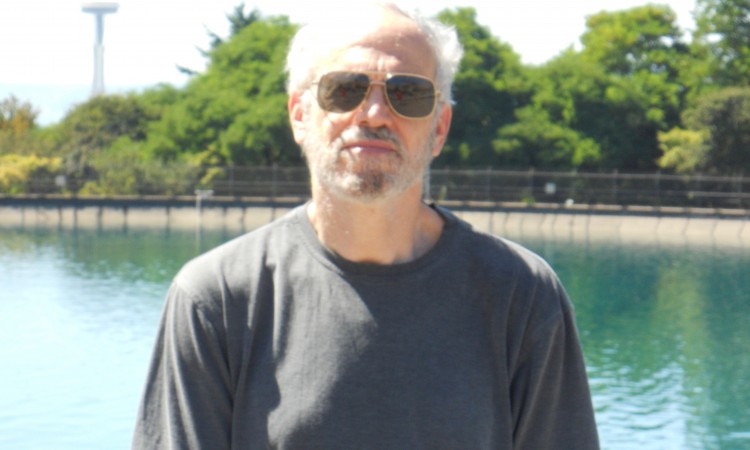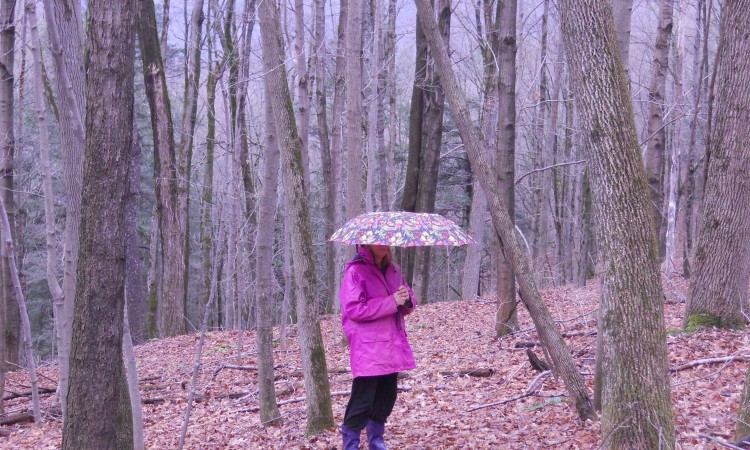There is nothing like a beginning. Just think of different beginnings. First meeting someone. Building your own home. Starting on a vacation. Of course, it’s not always clear where any event begins, is it? But let’s start with the sense of a beginning. What is its essence? Something new, unknown, exciting, scary yet filled with promise. You don’t know what will happen and are hopefully open to that. To begin something, you end or let go of something else.
To start the year off well, understand what beginning the year means to you. What do you need to be open? What do the students need? You can’t do it solely with thought. You must also be aware of your feelings. Many of us, if we don’t train our awareness, will plan our classes or vacations so tightly that the realm of what is possible is reduced to what seems safe and already known. It’s not a beginning if you emotionally pretend that you’ve already done it.
To train your awareness, I recommend two practices. The first involves how you plan your courses. The second involves your mental state when you enter the classroom.
First, to plan any trip, you need to know where you’re going. To begin, you need to know where you want to end. To teach students, you need to know what you want students to know, understand and be able to do. I often used what is called the backwards design strategy, and I highly recommend it.
The energy behind backwards design comes from using essential questions. They are big questions, philosophical, existential, even ethical. These questions are open-ended with no simple answers to them. They evoke the controversies and insights at the heart of a discipline. They naturally engage student interest because they connect the real lives of students to the curriculum. The classroom becomes a place where mysteries are revealed and possibly solved, where meaning is created. In working with questions, teachers don’t dictate answers but direct, model and coach active inquiry. Especially with secondary students whose lives are entwined with questions, essential questions are the DNA of learning. They are intrinsically motivating. Students look forward to coming to class.
Education, to a large degree, is about uncovering questions. Let’s say you like sports or are teaching PE. Underlying your interest in sports might be questions about your potential: What are my physical capabilities? About competition: Which is more important, to compete against others or myself? What role do other people play in my life and in developing my strengths? And in ancient history you can ask: What can the Greeks show me about what it means to be human? Where in my life can I find the remnants of Athens? Young people can easily get so caught up in their social relationships that they can’t see their lives with any perspective. What does history reveal about what I could possibly do with my life? What are the cultural and historical pressures that operate on me? How am I history? If you’re teaching biology, you are teaching the essence of life on a physical level. How does life sustain itself? What does it mean to be alive? To die? Such questions can challenge assumptions and reveal the depths that students crave but which are often hidden away. The Greek philosopher, Plato, said: “Philosophy begins in wonder,” the wonder from which real questions arise and which they evoke. This, right now, is my life. These other people—they’re alive, just like me. Can wonder be allowed into the classroom?
And an added set of questions: after summers like this one, filled with violence, political upheavals, and environmental disasters, student’s fears, anxieties and questions must be acknowledged and, if possible, brought into the curriculum. They need to know that their real life concerns and thus their real selves do not need to be hidden away in this classroom. How do you face the violence in the news and the anxieties it can produce? What social conditions contribute to violence? What is anxiety? How can it be met in a healthy way and utilized for deeper understanding?
Second, begin by shattering any fears or expectations that your students might hold that you will hurt or distrust them. Create a supportive environment in your classroom, so students know, “this is a place of safety.” Enter the class as a fellow human being, not hidden behind a role. Mention your excitement and nervousness. When you trust students in this way, you yourself will be trusted. You model awareness, both of your own inner state as well as of the importance of the other people there with you. This is compassion. You care and show that care. To be a teacher, be a student of your students. Recognize there’s more you don’t know than you do know. And one of the things you don’t know and want to learn is who these other people are. When you enter with this compassionate awareness, you will be relaxed and confident. When you enter hidden behind a role with a schedule to keep, you will be stiff and nervous. This is the ultimate end you want to teach from the beginning, being a compassionate human being.
What stressed me out when I began a school year was the idea of a whole year to lesson plan, with so many students whose educational needs I would have to meet. All that work, all that time. But if I planned from the end, so I was clear about what I was doing and why; and I developed my awareness with mindfulness and compassion practice, then, instead of facing the idea of a whole year of work, I faced only an individual moment. I was prepared, alive with questions; I could trust myself and be spontaneous. One moment at a time, I could do that. And this changed the whole quality of my teaching and of my life. My teaching and my life were one.










